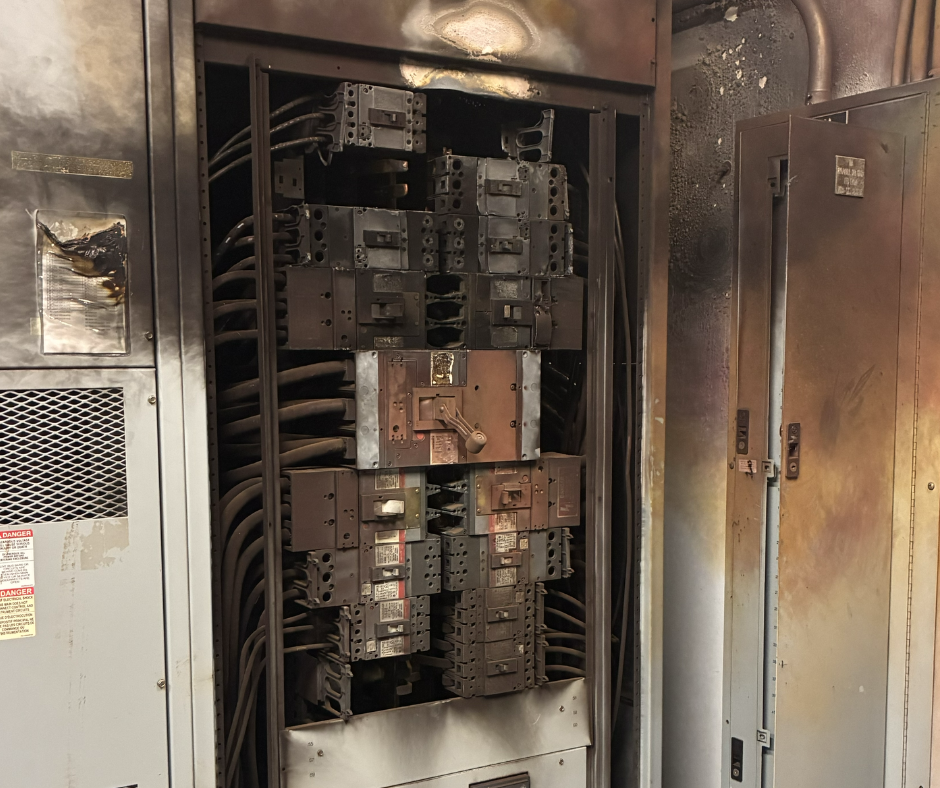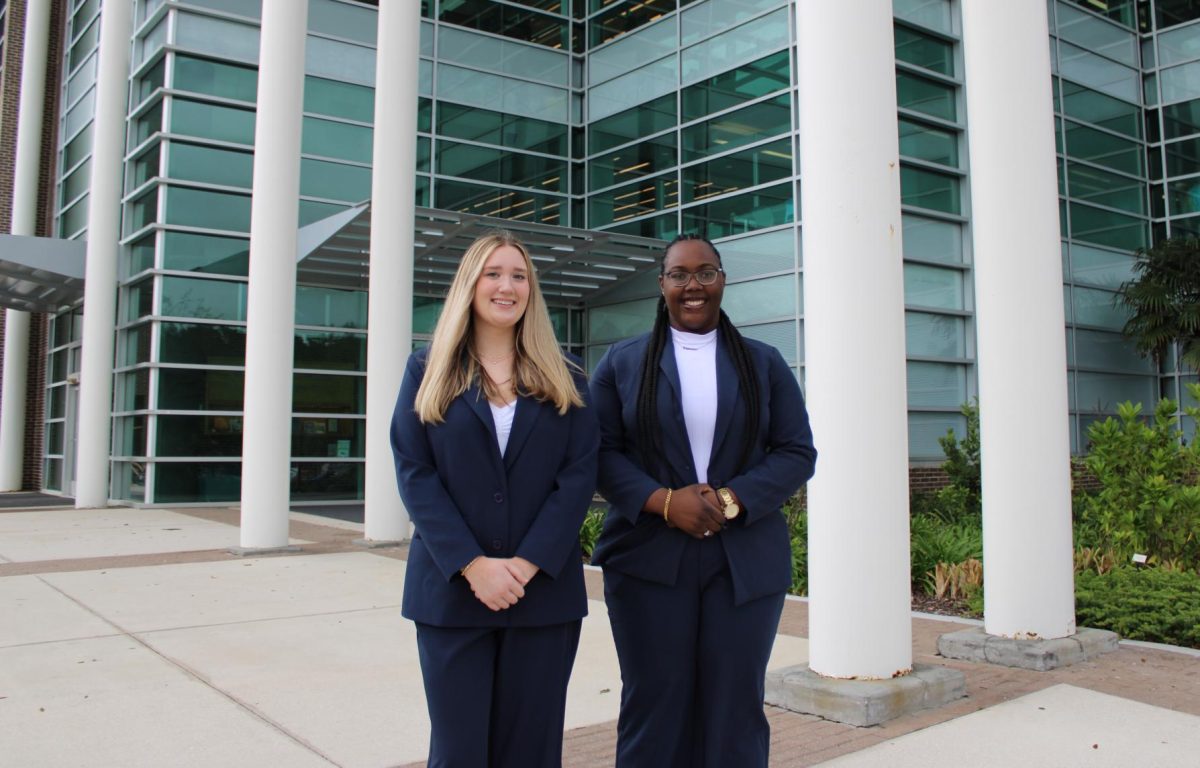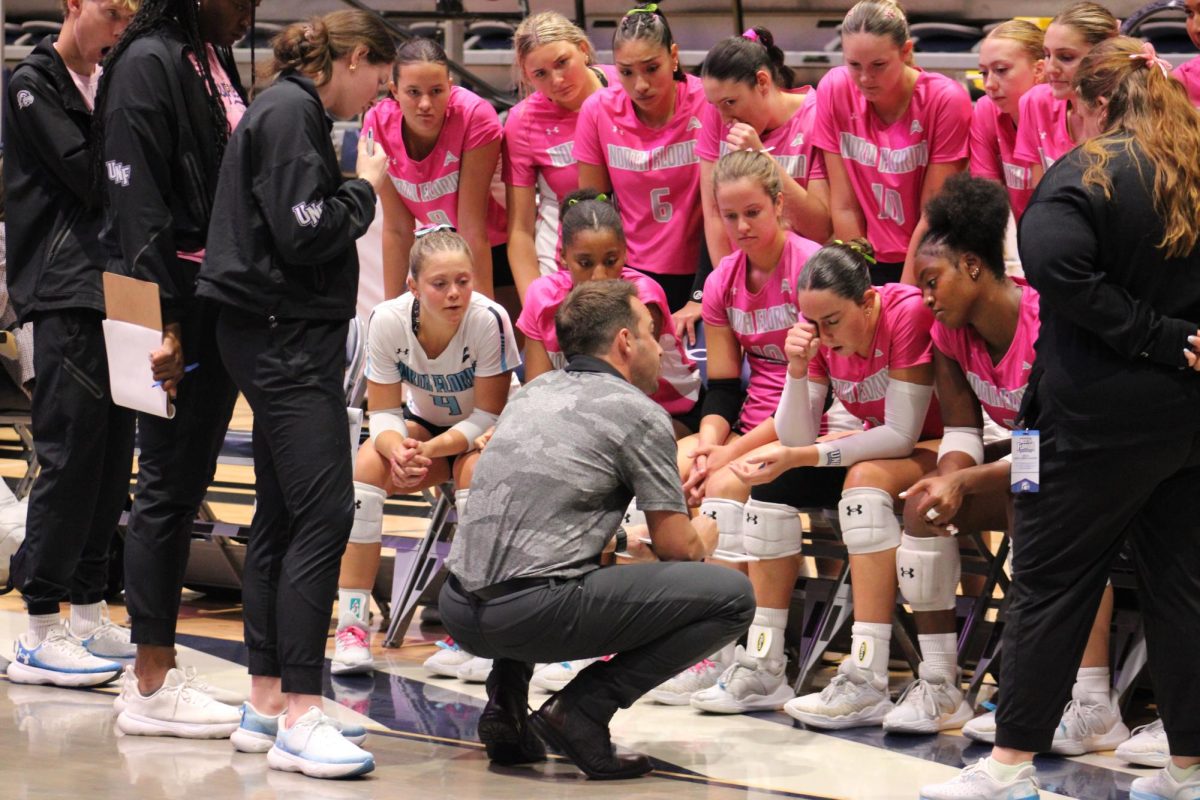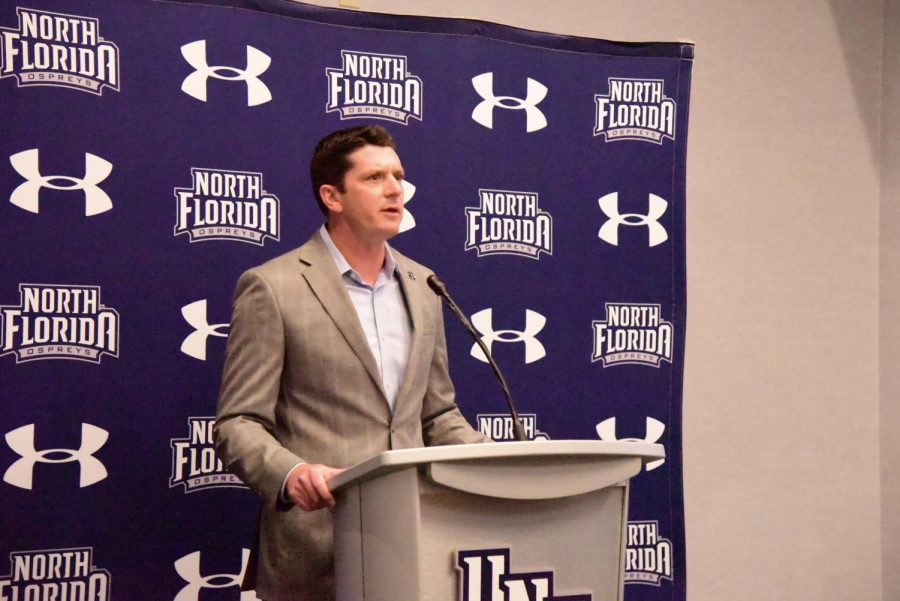By Maggie Seppi, Staff Writer
The you-can-look-but-you-can’t-touch concept enforced throughout childhood must lose its significance between age 2 and adulthood, those with tattoos said.
Tattoos fall under the category of things that can be observed but not touched — at least not without permission.
But many without tattoos don’t understand the frustration of a passerby grabbing an arm to get a closer look.
“If they ask permission, that’s OK,” said Becca Arsenault, a UNF journalism senior with tattoos on her legs and back. “But I’ve had people move my shirt over to see my tattoo without asking, and that’s not OK.”
Even pure intrigue is not an excuse for touching without permission, others said.
“I’ve had people come up and literally grab my face to see what I have tattooed there,” said Justin Jarrell, a tattoo artist at Iron Clad in Jacksonville Beach. “My reaction depends on my mood that day. If I feel like being an asshole, I’m going to be an asshole.”
It depends a lot on your coverage, Jarrell said, who has tattoos from his face down. When a person only has a few tattoos, people are less likely to ask questions, he said.
Some agree tattoos were initially a way to ward off attention, and, in a sense, make them unapproachable.
“I personally want to be heavily tattooed, and one of the main reasons is so people won’t bother me,” said Adam Pondozzi, a tattoo artist at Iron Clad.
Pondozzi has tattoos covering both arms.
“So this isn’t really the effect I was going for; I’m not one to seek attention,” Pondozzi said.
Arm tattoos are more accepted now, so they intimidate people less, Pondozzi said. When people have them on their face and neck, people are captivated and more likely to try to touch them, he said.
Jarrell said the media also play a vital role in sensitizing the masses to ideas and styles that were once bizarre by transforming them into social norms.
“Because of TV shows and magazines about tattoos, it’s become way more accepted in society,” Jarrell said. “They watch these things and start to think, ‘Oh, these people are so nice and normal, I can just walk up and touch their face and arm.’”
For many, their tattoos have meanings far beyond the story the ink tells.
“It’s starting to lose it’s meaning completely. It’s supposed to be a beautiful thing,” Jarrell said. “It’s supposed to be more than art. It’s a whole subculture, and it’s lost that.”
Jarrell said people have come up to him in Publix and started touching his face, grabbing him and asking questions.
“It used to be a tough thing, and now it’s blown up to the point where it’s kind of normal, at least in Jacksonville,” Pondozzi said.
But not all share in the displeasure.
“It doesn’t really bother me when people touch my tattoos,” said Jennifer Hoffman, a Florida State College at Jacksonville fashion merchandising student. “I mean, I don’t like people coming up and hugging me, but that’s another story.”
Hoffman has several butterflies tattooed across her back and writing on her ankles.
Unlike Jarrell and Pondozzi, Hoffman said she doesn’t mind the eyes viewing and the hands touching her body art.
“I got my tattoos expecting them to draw attention,” she said, “so I can’t say it annoys me when they do just that.”
Eric Roberts, a UNF alumnus with a colorful shoulder tattoo that spreads over part of his chest, follows that sentiment.
“It doesn’t bother me that much, but it also doesn’t happen to me that often,” Roberts said. “I have good tattoos, so I want people to look at them.”
Regardless of how bothersome it may or may not be, tattoos are a part of a person’s personal space. And an invasion of personal space is almost certainly on many pet-peeve lists.
“I don’t know if I consider it a problem, but it depends on how long people hold me up,” said Adam Bauernfeind, a UNF biology junior.
Bauernfeind has a skull tattoo with flowers covering much of his left arm.
“When [people who notice the tattoos] start asking too many questions,” he said, “it can get annoying.”
Email Maggie Seppi at staff2@unfspinnaker.com.
















